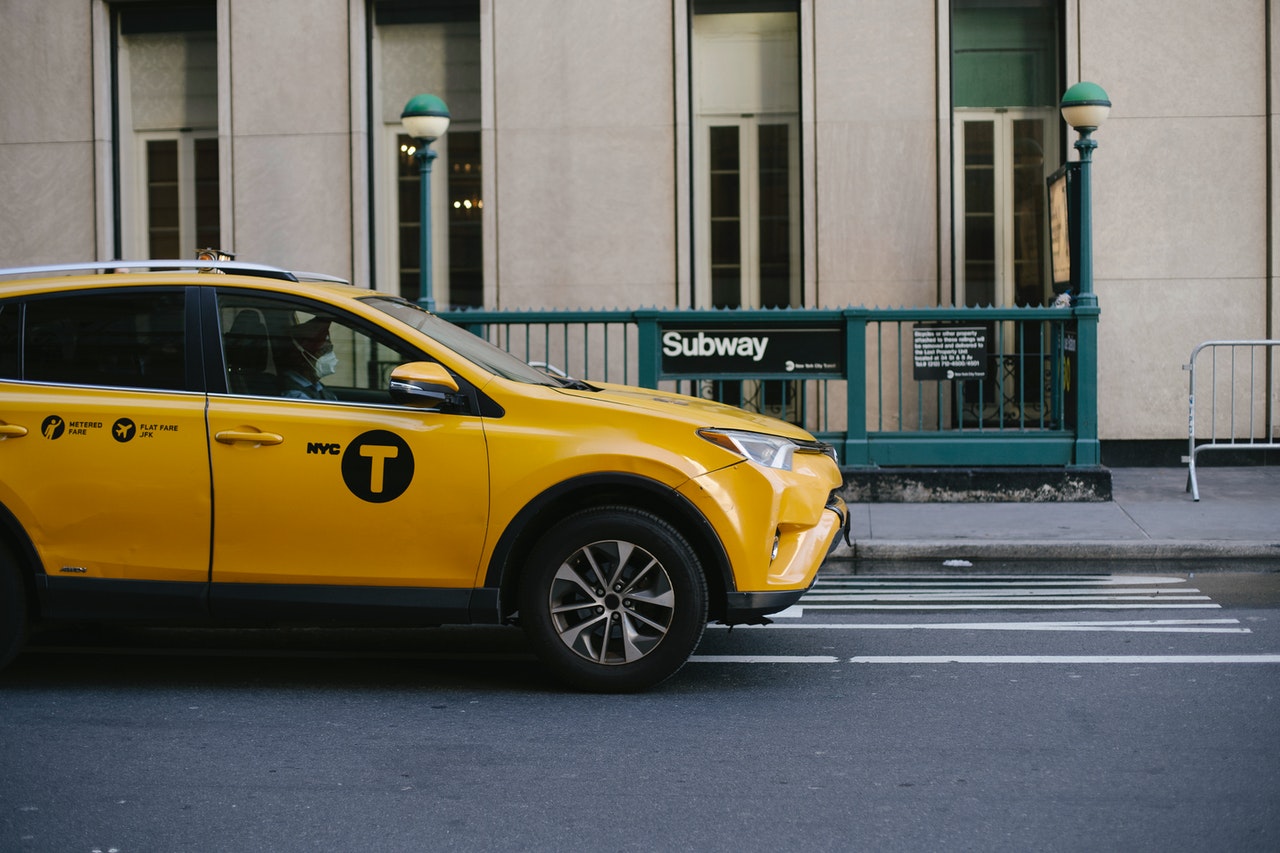
Urbanization is now by and large a fantastic thing, corresponding to constant declines in poverty. Cheaper cities can also maintain the key to a sustainable future.
However, this tendency has come with a negative impact: even more dangerous city roads.
Together with more vehicles and more individuals in towns, there are far more chances for crashes being cleaned up by roadside assistance like Towing San Jose — particularly as towns race to keep up with infrastructure requirements, occasionally resulting in cluttered or ill-planned expansion.
Even the World Health Organization estimates 1.3 million individuals perish in road-related crashes each calendar year, a 4% gain from their final quote in 2015. Ninety percent of deaths happen in the growing world, in which urbanization is quickest. Nearly all of them aren’t individuals in automobiles — they’re walking or riding bikes or bikes.
To reverse this trend, it is not sufficient to ask motorists, pedestrians, and other individuals using the path to only push or walk otherwise; town planners ought to be intentionally designing cities and roads with security in mind.
A movie made by WRI Brasil describes six easy street layout changes that may significantly enhance road safety. These modifications put folks — maybe not vehicles — in the middle of style to reduce rates, need more consciousness from motorists, and create more chances for protected crossings. They are even able to make cities more efficient.
ALSO READ: How Crucial an Architect’s Job Is?
1. Shorter Blocks
City cubes can differ in size significantly, from less than 300 feet (90 meters) wide to over 600 feet in certain areas. Shorter cubes enhance pedestrian safety by producing more intersections and so providing more chances to cross over the road security. More junctions also imply more areas where cars have to cease, reducing vehicle speeds. In circumstances where lengthy blocks have been already created, mid-block crossings and pedestrian refuge islands may raise the number of protected crossing choices and lower the demand for pedestrians to cross un-marked areas.
2. Narrower Lanes
On a simple level, thinner lanes shorten the space of pedestrian crossings, placing people in harm’s way for significantly less time. However in addition they provide more room for sidewalks, also a crucial requirement in compact urban environments. Additionally, they also have a psychological impact on motorists: Decreased road widths have a tendency to reduce auto rates as motorists become aware of the danger.
3. More Roundabouts
Based upon the scale and intricacy of the intersection, installing roundabouts or traffic circles may significantly benefit security. Circular junctions decrease the intensity of crashes since traffic is moving at precisely exactly the exact identical way, vehicles are made to slow down and there’s a decreased prospect of head-on collisions. Various studies have demonstrated an unbelievable 70-90 percent decrease in fatal and severe injuries in certain areas where roundabouts or traffic circles are installed.
4. Chicanes
These synthetic turns, made by incorporating altering extensions of the pavement or obstacles, force motorists to slow down and pay closer attention. They’re also able to provide more room for pedestrian-friendly infrastructures, such as wider sidewalks, little parks, or even urban furniture.
5. Rate Humps
Speed humps are just another simple method to impede traffic in particular places. They’re easy, but amazingly successful, according to the amounts. A flat-rate rate hump could be easily traversed by automobiles traveling at the desired rate for security, instead of causing quick deceleration and acceleration. Some studies reveal that speed humps can cut back the number of crashes by approximately 50 percent. Speed humps really possess the best effect on speed-limit compliance with any intervention.
6. Raised Crossings
Raising the altitude of pedestrian crossings not just makes a speed hump but places pedestrians greater at the eye line of motorists, increasing their probability of being viewed at night or at active locations. Additionally, it sends a very clear message which pedestrians have right away. When they’re increased to the amount of the pavement, making a smooth transition, then they can also make it simpler for people that have different mobility demands such as individuals using wheelchairs, walkers, or drapes to cross.
